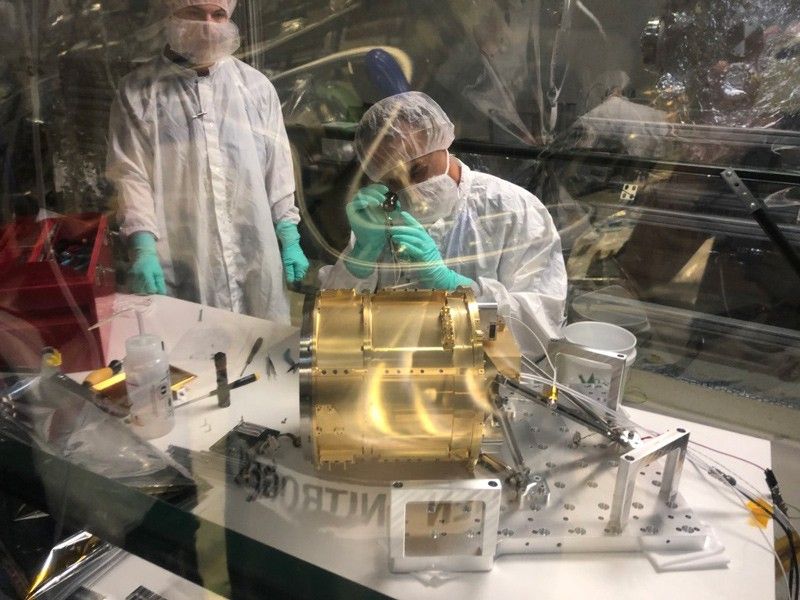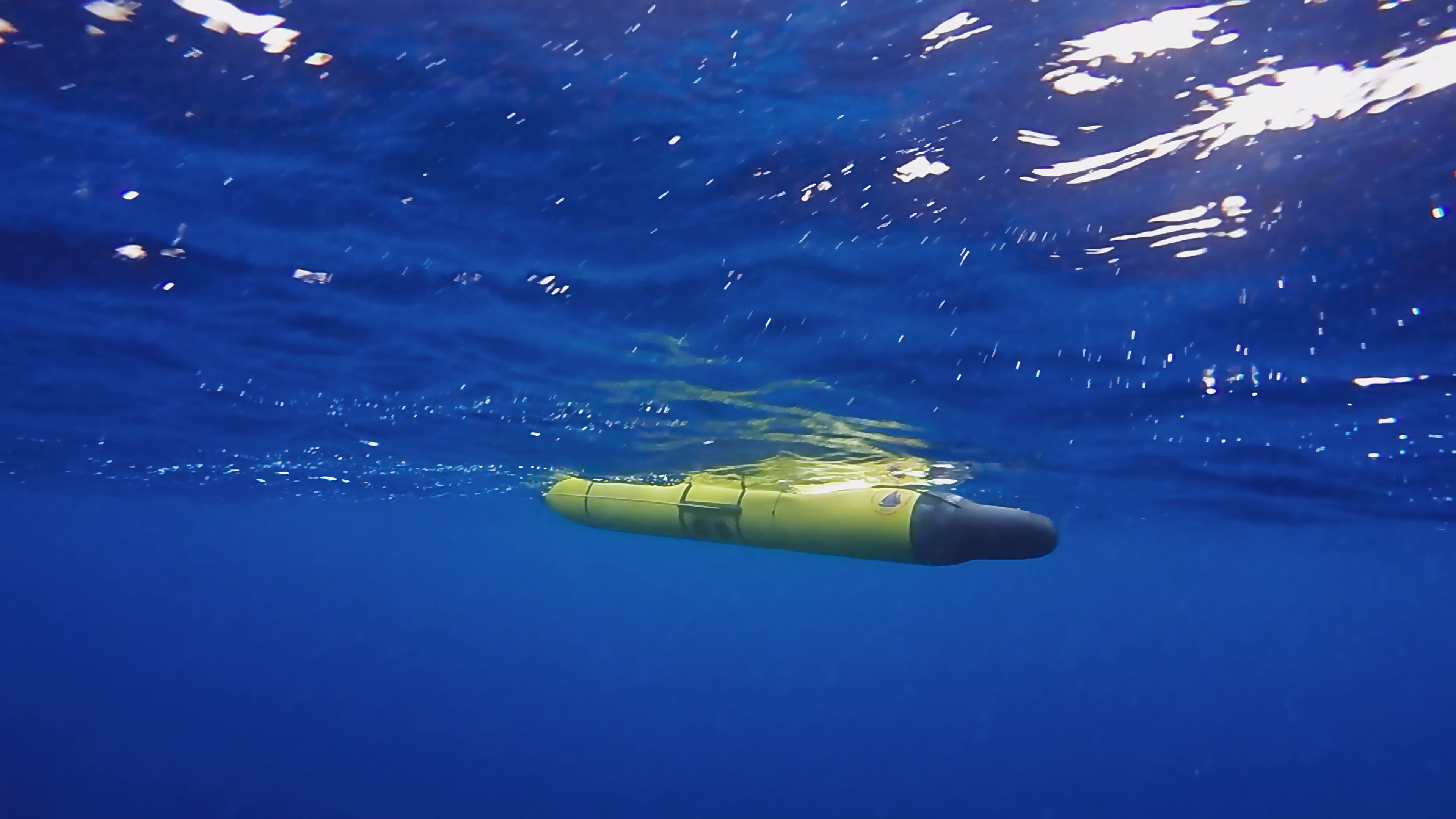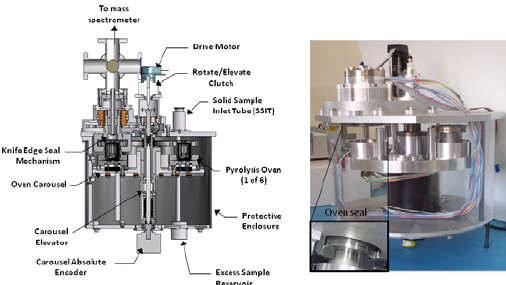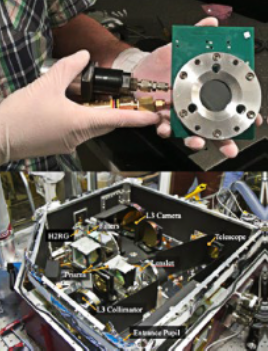Funded Astrobiology Research at NASA
Below you will find current and past astrobiology research funded through the NASA Science Mission Directorate (SMD). SMD supports Research and Analysis programs that solicit proposals from the research community. Research is solicited by SMD through the annual omnibus solicitation Research Opportunities in Space and Earth Science (ROSES), which contains many individual program elements, each with its own due dates and topics. More information concerning funding through ROSES can be found here.
For detailed information on specific programs, please reach out to the responsible Program Officer with questions. Click here for a full list of Program Officers.
Current Solicitations
These programs are or will be actively soliciting proposals. NASA's Science Mission Directorate (SMD) has released its annual omnibus solicitation for basic and applied research, Research Opportunities in Space and Earth Science (ROSES) 2025 as NNH25ZDA001N.
Solar System Science
Solar System Science (S3) covers a broad range of topics relevant to astrobiology.
Proposals relevant to previous program elements under Planetary Science (including Emerging Worlds, Solar System Workings, Solar System Observations, Planetary Data Archiving, Restoration, and Tools, Exobiology, Data Analysis Programs, Laboratory Analysis of Returned Samples, some aspects of Habitable Worlds, and the Planetary Science and Technology Through Analog Research) should be submitted to the new C.2 Solar System Science.
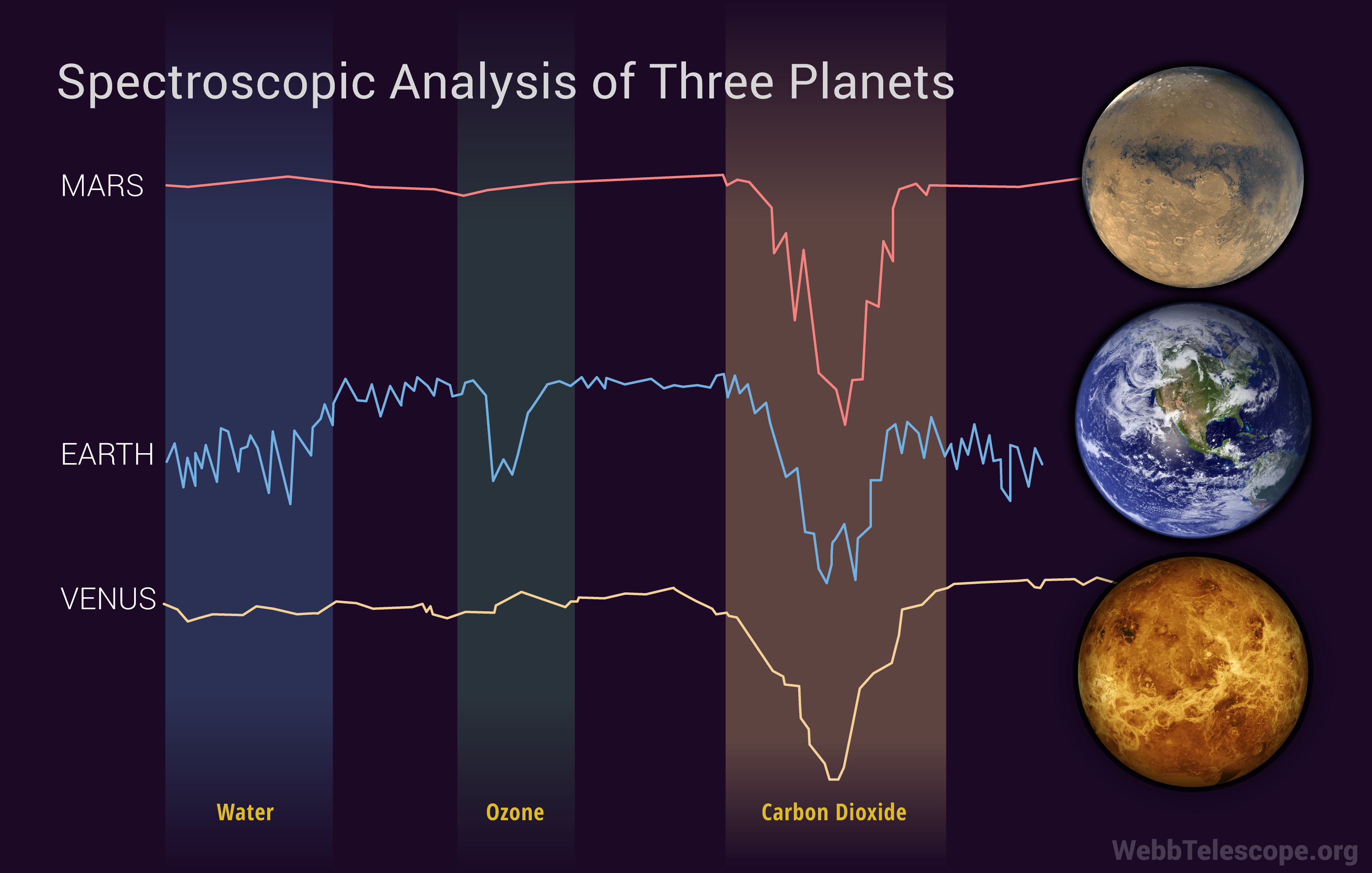
Exoplanets Research Program (XRP)
XRP solicits basic research proposals to conduct scientific investigations that significantly improve our understanding of exoplanets and exoplanet formation.
This program element is cross-divisional and jointly managed by three of the Divisions within NASA’s Science Mission Directorate: Astrophysics, Planetary Science, and Heliophysics. Proposed investigations that combine multiple scientific disciplines or cross traditional Divisional science boundaries, for example, by including topics or analysis techniques from Heliophysics, are highly encouraged. Some aspects of proposals relevant to the previous program element Habitable Worlds are now covered under XRP. See F.3 Exoplanets Research in ROSES 2025 for information.
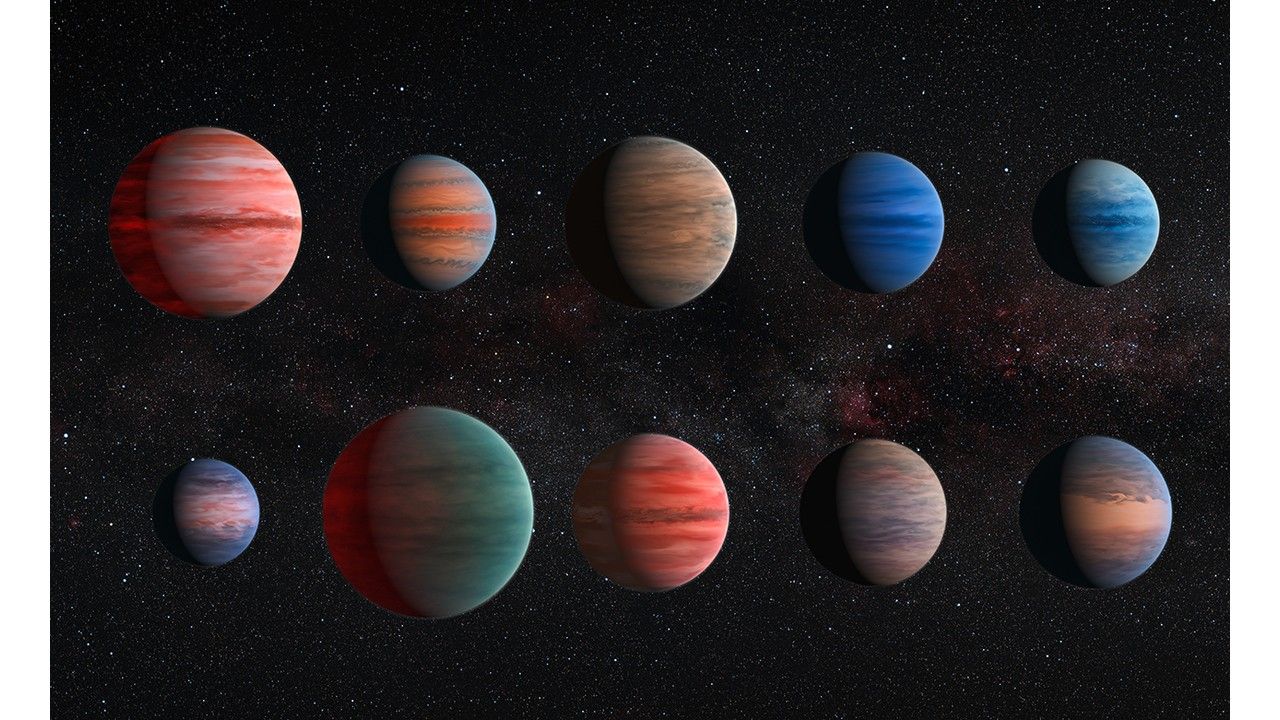
Future Investigators in NASA Earth and Space Science and Technology (FINESST)
Supporting projects designed and performed by graduate students.
Future Investigators in NASA Earth and Space Science and Technology (FINESST) solicits proposals for graduate student-designed and performed research projects relevant to NASA’s Science Mission Directorate. The graduate student shall be the primary author, with input or supervision from the proposal's Principal Investigator (PI) or mentor, as appropriate.
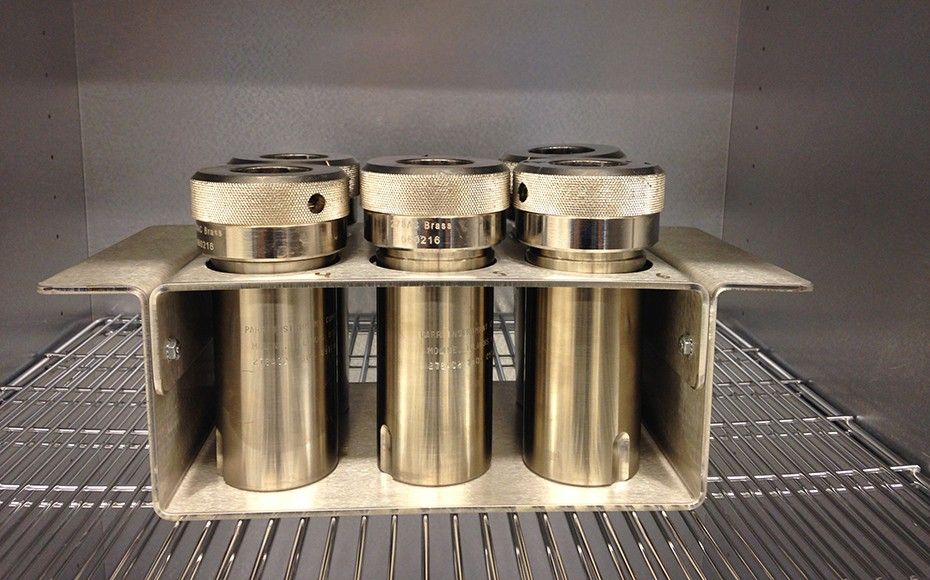
Living with a Star Science
Understanding aspects of the coupled Sun-Earth system that affect life and society.
The overarching goal of the Living with a Star (LWS) Program is to provide advances in scientific understanding of this system that can lead to predictive capability of the space environment conditions at Earth, other planetary systems, and in the interplanetary medium. The LWS Science program element solicits Focused Science Topics (FSTs) that address some part of this goal.
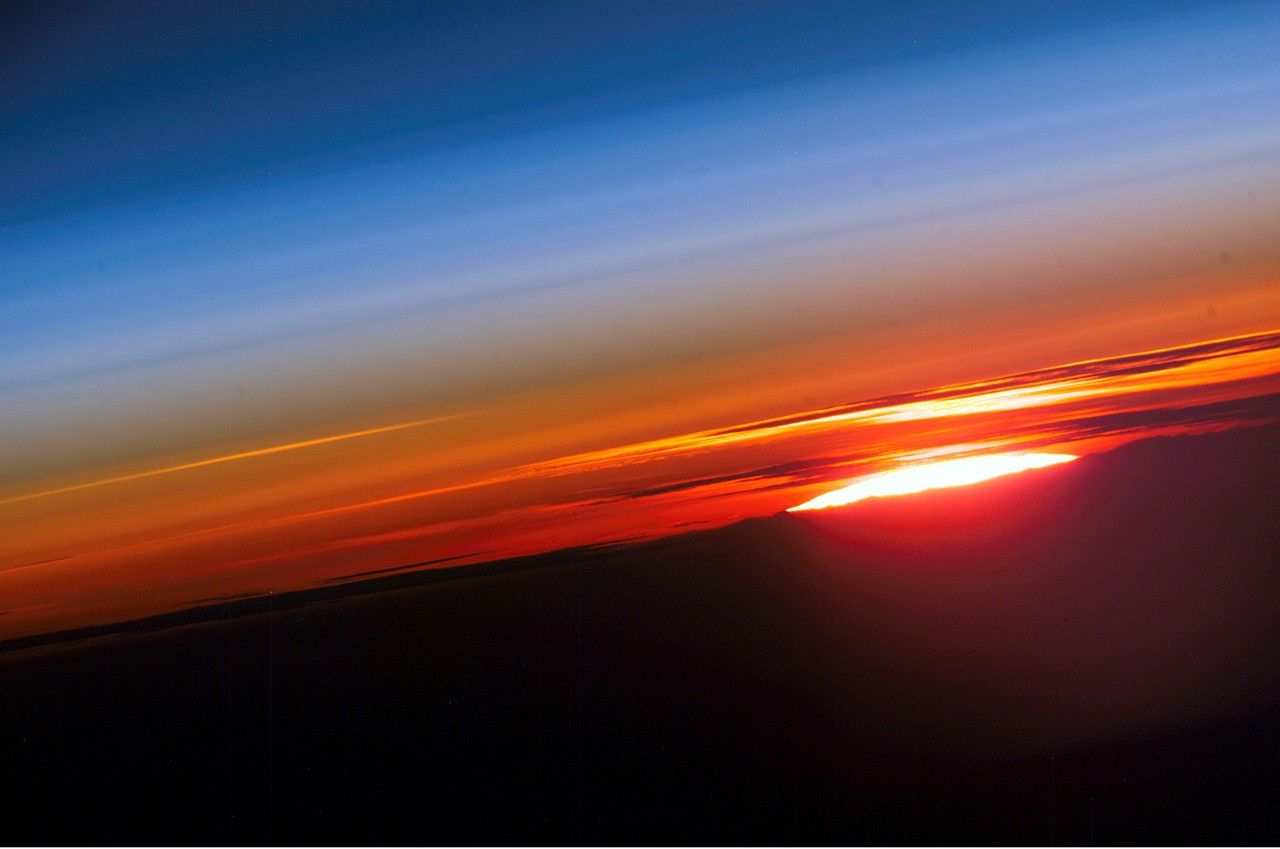
Active Programs
These programs include active research from projects that were selected through previous funding cycles. While the programs listed here are not currently being solicited, they contain active multi-year projects that were funded in previous years. None of these programs are currently being solicited individually in ROSES 2025.
Interdisciplinary Consortia for Astrobiology Research (ICAR)
ICAR is solicited on a cadence of every two years.
Research funded through ICAR must describe an interdisciplinary approach to a single compelling question in astrobiology. ICAR provides extended support for larger scientific teams to tackle questions that require more resources and time than those typically considered in other ROSES program elements such as Exobiology.
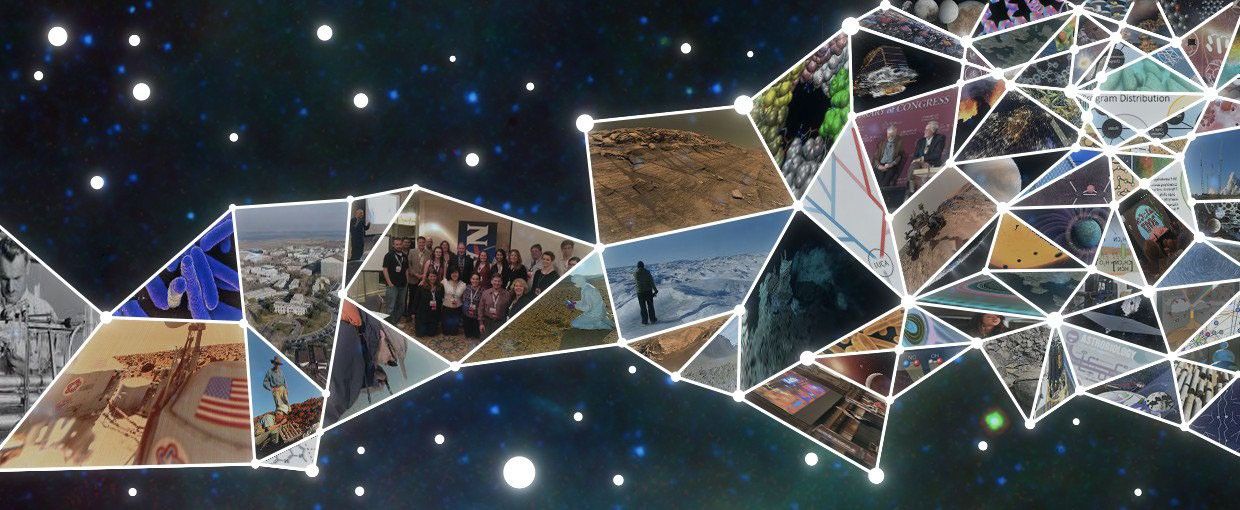
Exobiology Program
The goal of NASA’s Exobiology program is to understand the origin, evolution, distribution, and future of life in the Universe.
Research is centered on the origin and early evolution of life, the potential of life to adapt to different environments, and the implications for life elsewhere. This research is conducted in the context of NASA’s ongoing exploration of our stellar neighborhood and the identification of biosignatures for in situ and remote sensing applications.
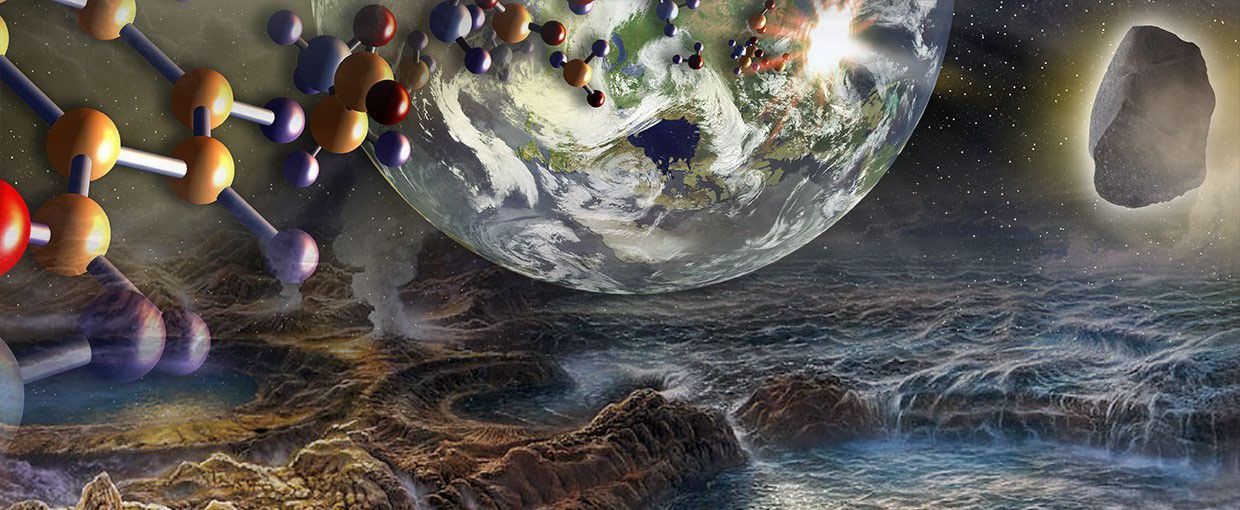
Emerging Worlds
Research in the area of Emerging Worlds aims to understand the formation and early evolution of the Solar System.
The central goal of the program element is to understand how the Sun’s family of planets, satellites, and minor bodies (including small bodies and rings) form and evolve. NASA is particularly interested in research projects that closely support its mission for exploring the Solar System, contribute to the development of future missions, or involve major interdisciplinary efforts to solve key questions. A wide range of investigations will be covered, including theoretical studies, analytical and numerical modeling, sample-based studies of extraterrestrial materials, laboratory studies, data synthesis, and observational studies of objects outside of our Solar System relevant to the formation of planetary systems.
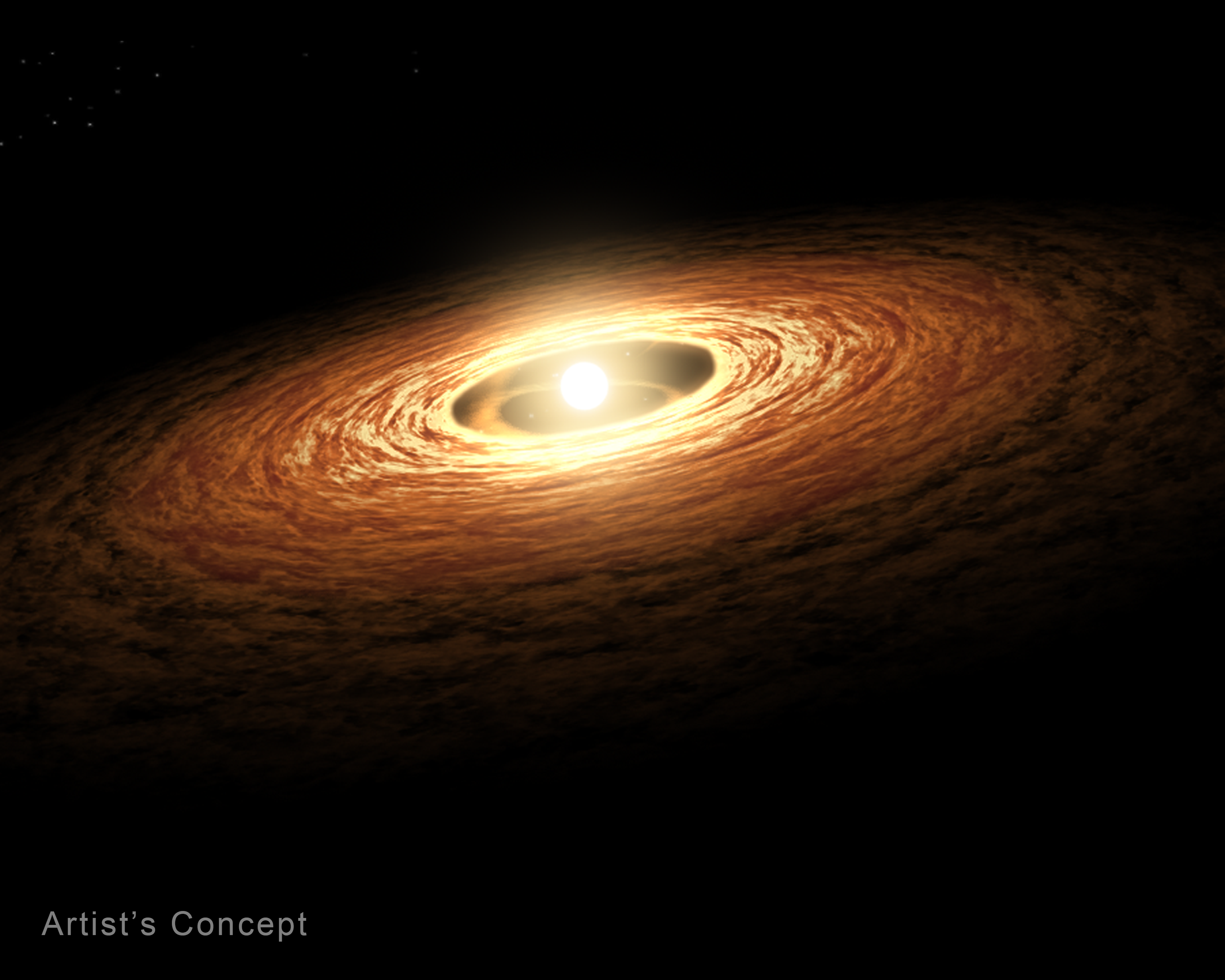
Planetary Science and Technology from Analog Research (PSTAR)
The Planetary Science and Technology from Analog Research (PSTAR) program addresses the need for integrated interdisciplinary field experiments as an integral part of preparation for planned human and robotic missions.
Furthermore, the program solicits proposals for investigations focused on exploring the Earth’s extreme environments in order to develop a sound technical and scientific basis to conduct astrobiological research on other solar system bodies. The focus of this program element is on providing high-fidelity scientific investigations, scientific input, and science operations constraints in the context of planetary field campaigns.
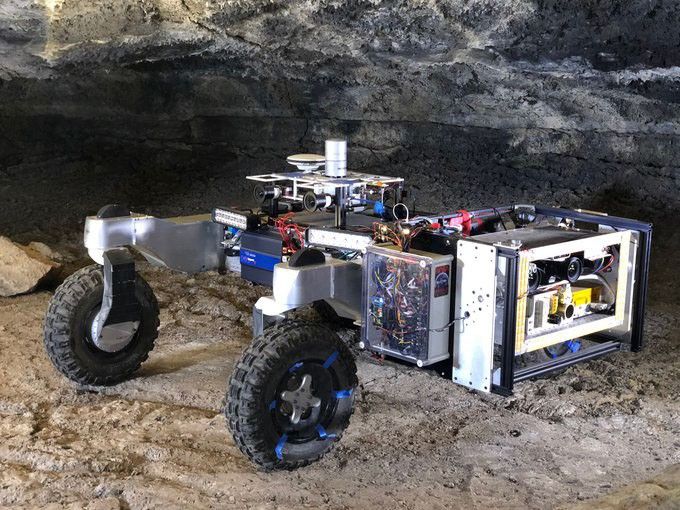
Planetary Instrument Concepts for the Advancement of Solar System Observations (PICASSO)
Develop and mature low size, weight and power instruments or instrument technologies with entry Technology Readiness Level (TRL) 1-3.
The PICASSO program supports the development of instrument hardware that would enhance or enable the scientific return from future planetary missions, including those flown on commercial spacecraft. TRL >4+ advancement is made through the Maturation of Instruments for Solar System Exploration (MatISSE) Program.
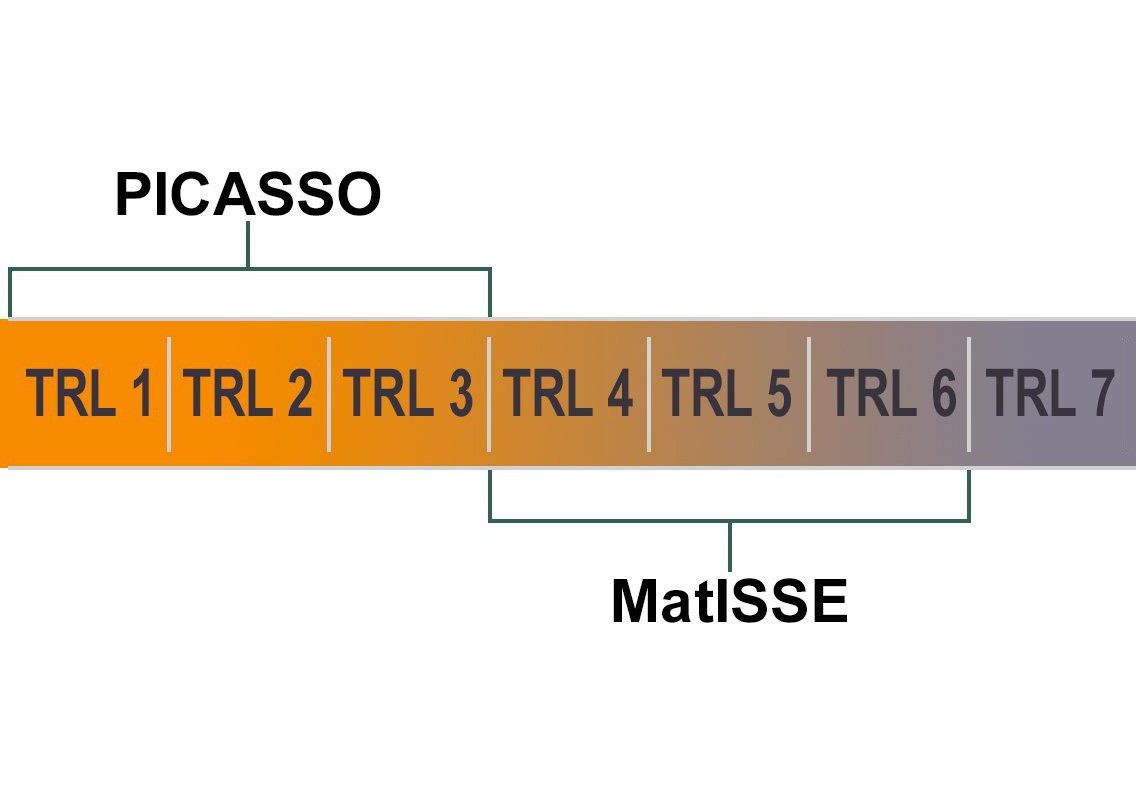
Maturation of Instruments for Solar System Exploration (MatISSE)
Develop science instruments to the point where they may be proposed to future flight opportunity announcements without additional technology development.
The MatISSE program supports the development of spacecraft-based instruments for use on future planetary missions (all destinations except lunar). MatISSE seeks to mature instruments that support Planetary Science Division’s strategic goals and objectives. Proposals focused on Technology Readiness Level (TRL) 1-3 should be submitted to the Planetary Instrument Concepts for the Advancement of Solar System Observations (PICASSO) program.

Habitable Worlds
Using knowledge of the history of the Earth and the life upon it as a guide for determining the processes and conditions that create and maintain habitable environments.
NASA’s Habitable Worlds Program includes elements of the Astrobiology Program, the Mars Exploration Program, the Outer Planets Program, the Planetary Protection Research Program (all in the Planetary Science Division) and Living With a Star in Heliophysics. A common goal of these programs is to identify the characteristics and the distribution of potentially habitable environments in the Solar System and beyond.
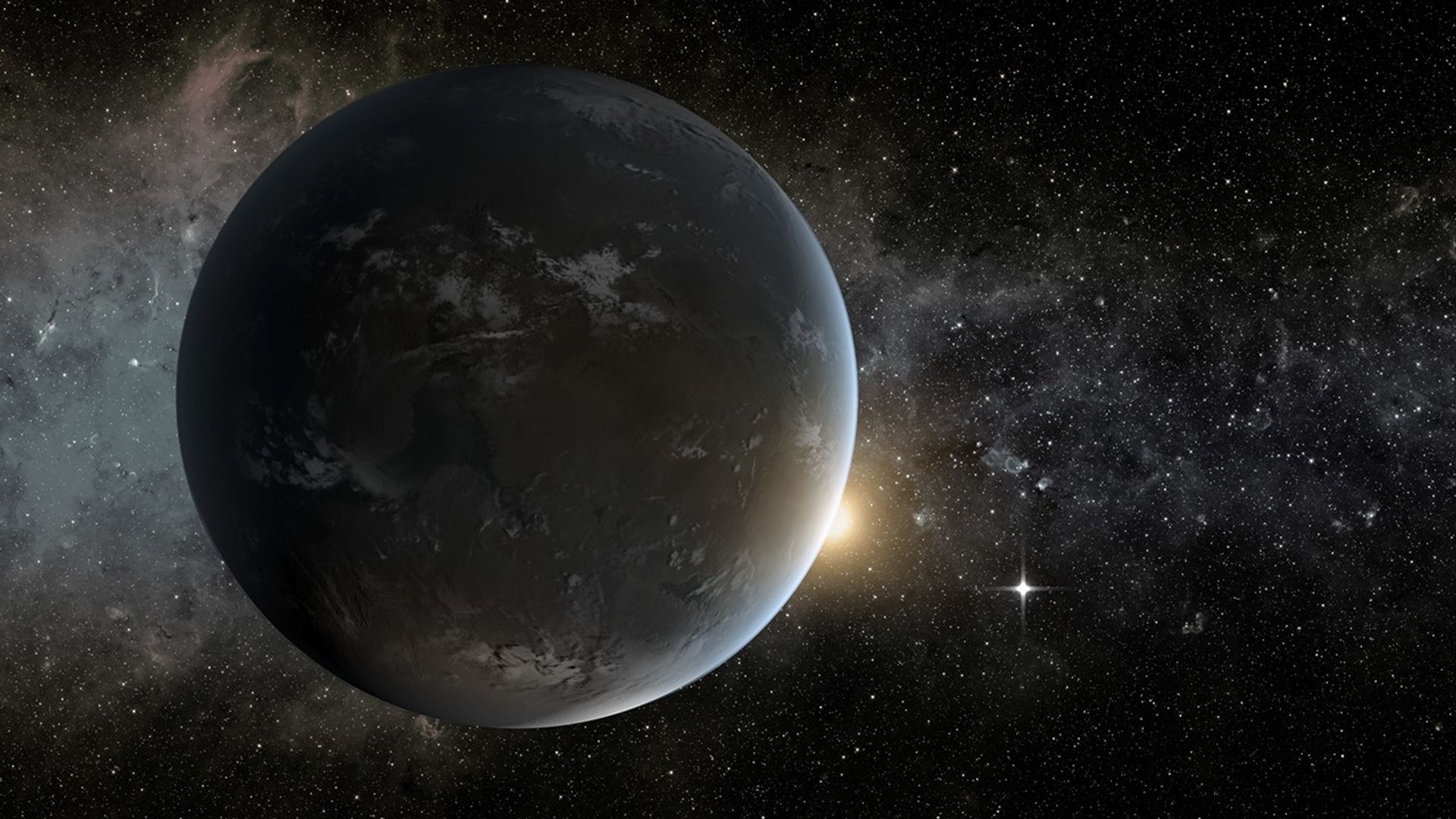
Laboratory Analysis of Returned Samples (LARS)
Maximizing the scientific return from samples returned from space.
LARS supports development of laboratory instrumentation and advanced analytical techniques required for the complete analyses of the samples they return.
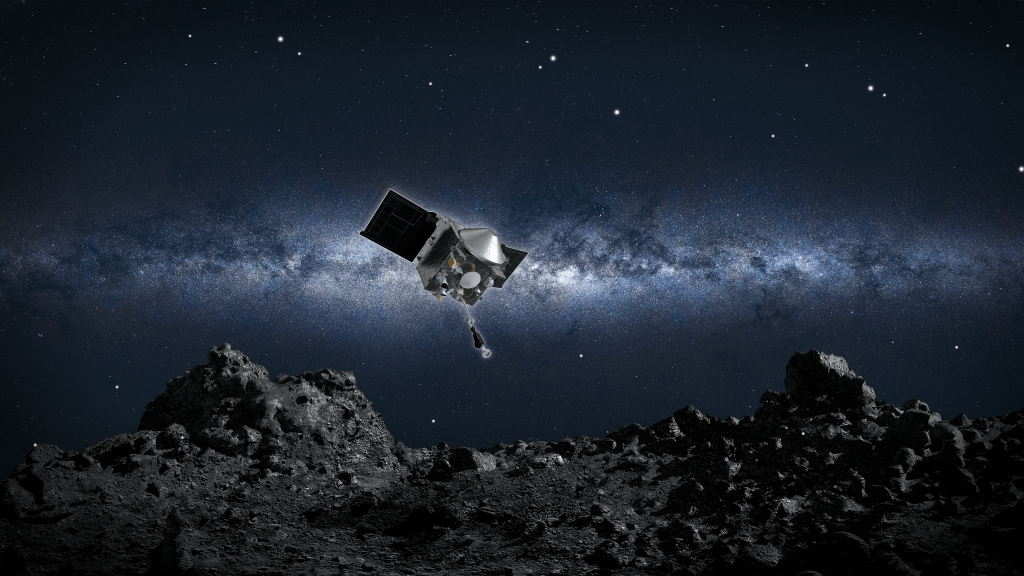
Planetary Data Archiving, Restoration, and Tools (PDART)
The PDART program solicits research for how data is held and disseminated.
Planetary Data Archiving, Restoration, and Tools (PDART) solicits research that covers the important tasks of handling higher order data products, archiving and restoration of data, reference databases (i.e., Spectral libraries), digitization of non-digitized data, and tools.
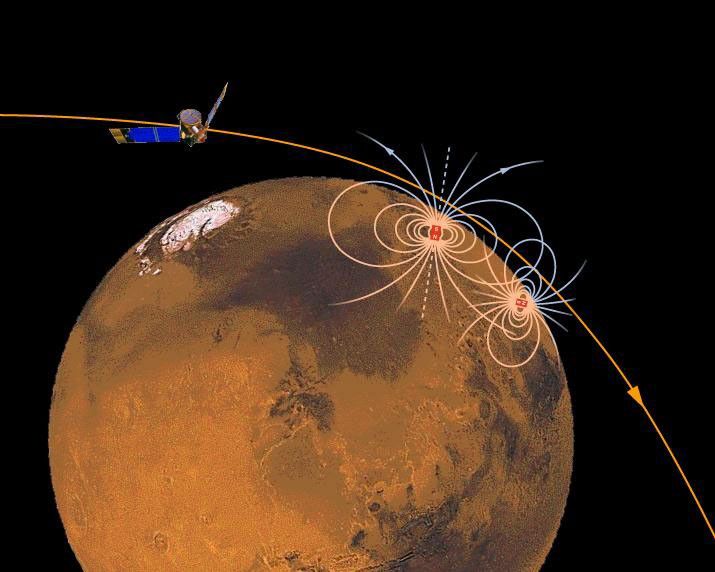
Topical Workshops, Symposiums, and Conferences (TWSC)
Support for community gatherings
TWSC proposals covered large and small meetings, retreats, seminars, symposiums, workshops, or other events, including asynchronous and virtual workshops. TWSC is paused and not currently accepting new submissions.
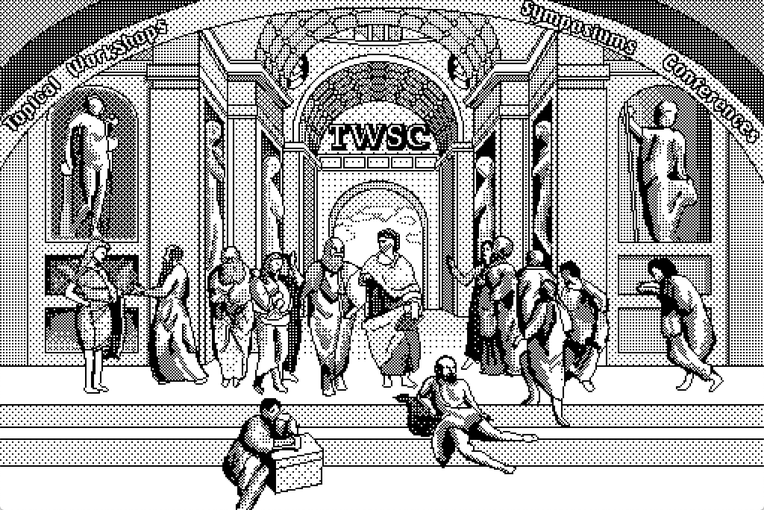
NASA Astrobiology Institute (NAI)
The NAI completed its more than 20-year tenure on December 31, 2019.
The NASA Astrobiology Institute (NAI) was a virtual institute dedicated to collaborative interdisciplinary research across a geographically dispersed community, addressing all aspects of astrobiology in concert with the national and international science communities. While the NAI finished it's tenure in 2019, select projects are in the process of completing their multi-year awards.
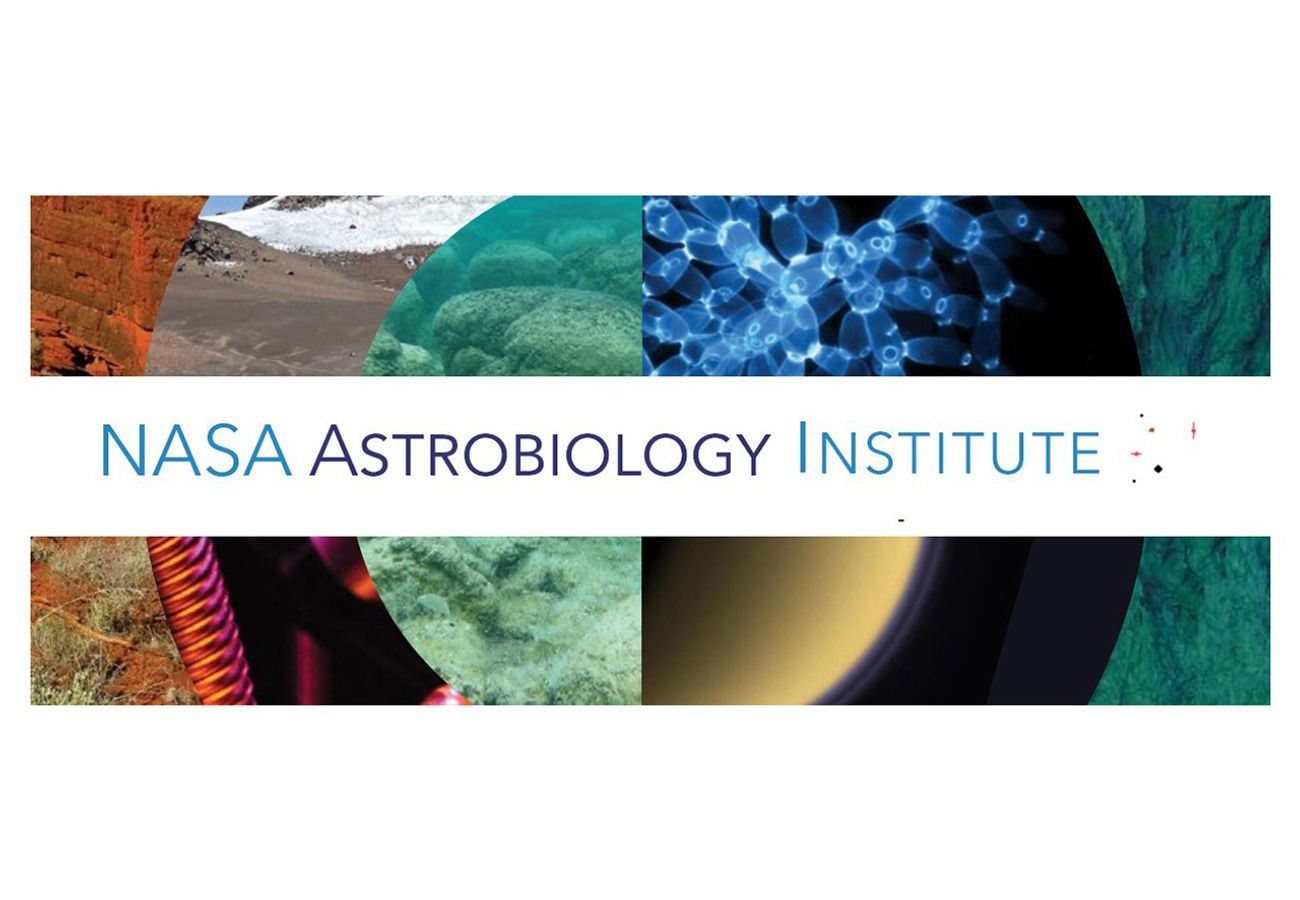
Planetary Protection Research (PPR)
While the Planetary Protection Research portfolio collaborates closely with the Astrobiology Program to both be informed by and to inform astrobiology research.
Planetary Protection is the practice of understanding and limiting terrestrial biological contamination of specific Solar System bodies and stringently protecting Earth from possible life forms that could be returned from specific Solar System bodies considered to be habitable. Numerous areas of research in astrobiology/exobiology are improving our understanding of the potential for survival of Earth microbes in extraterrestrial environments, relevant to preventing contamination of other bodies by Earth organisms carried on spacecraft.
